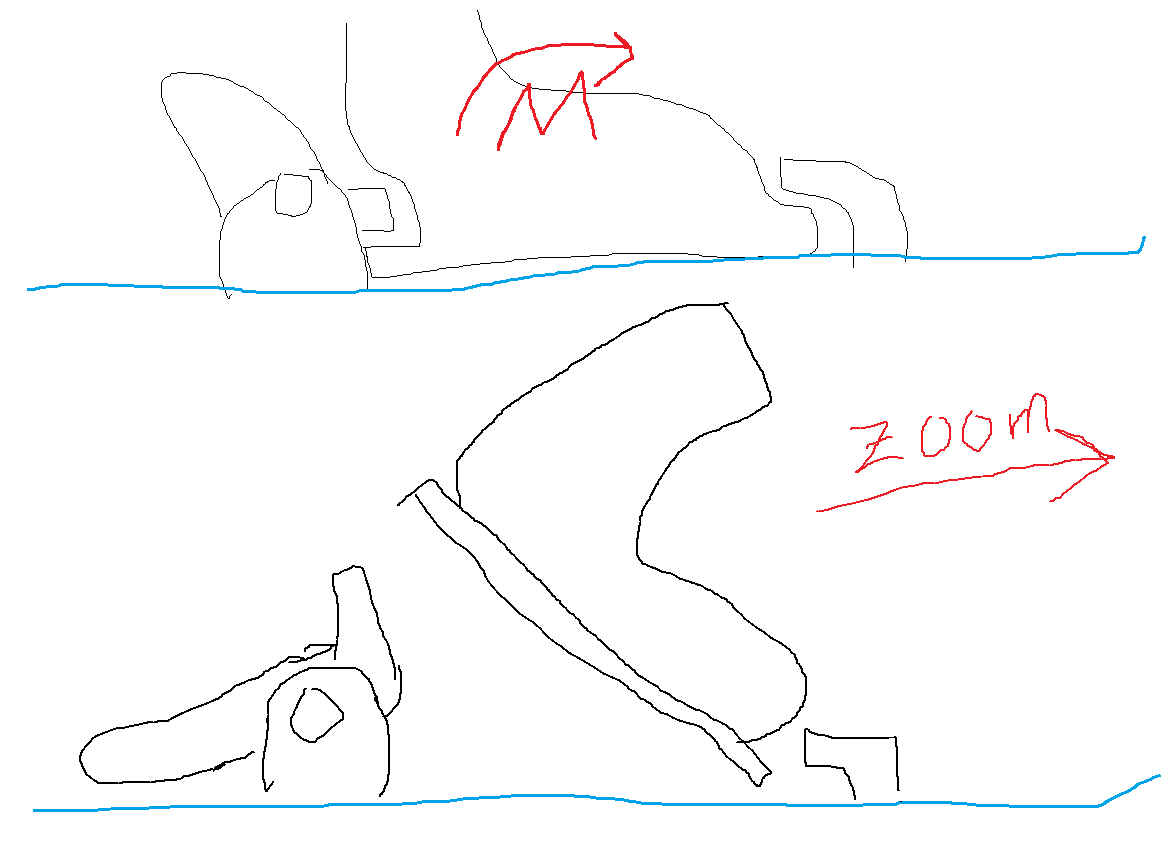Safety:
Ski bindings are designed to eject if a user is involved
in too hard of a fall. Because skis are perpendicular to the
body, if a ski tip catches the snow and causes a bend in the leg
while someone is tumbling a large amount of torque can be
applied. If a ski is 170 cm long, that means that any force
applied to the tip or tail is going to be at a radius of 0.85 m
from the body. Imagine strapping a meter long wooden plank to
your foot and asking someone to twist on it: the results will
not be pleasant.

But how do we stop it from ejecting everytime you sneeze?
A spring in the back of the binding allows a minimum force to be required for ejection. When this spring is extended past a certain distance, an eject occurs.
Humans come in many different shapes and sizes and some require less or more force in order to safely eject. Are we forced to just use a million slightly different springs? After all, their resistances are constant (hence the name spring constant). No, that would be silly. Instead the spring can be pre-loaded to different degrees. The distance it is required to move before eject can be adjusted. For example, if the spring constant is 300 N/cm and we can adjust it so that it needs 5 cm of movement to eject to get a required force of 1500N. If this is too much, we can adjust it so it only needs 3 cm of movement to eject to get a required force of 900 N.